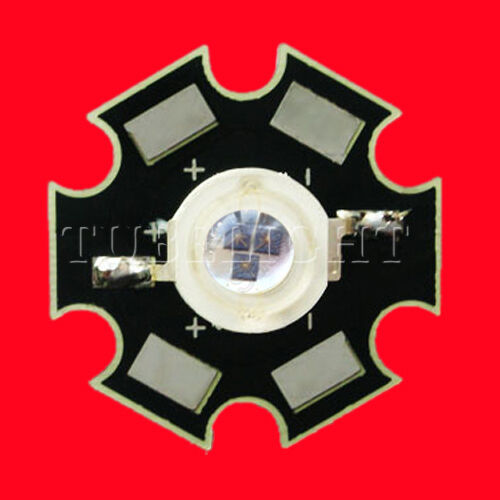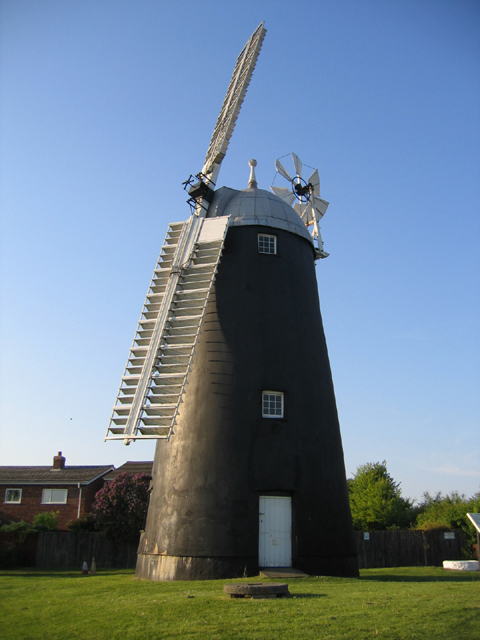Reading Stuart
G8CYW's article on the history of optical communications in the latest RadCom, I am considering repeating my recent NLOS optical test using infra-red (IR) rather than visible light as there may be some advantages with clear air forward scatter propagation by going to lower near optical frequencies. At least IR beams are not visible to the casual viewer, so are less likely to create problems. However, IR can be more dangerous than visible light because the blink reaction that occurs with visible light does not happen. When using high power IR LEDs it is therefore even more important not to look into the beam and to take care where the beam is aimed, especially at close range.
Never ever look into the beam at close range.
A suitable IR PIN diode is the
SRH203-FA from Osram, widely available on eBay. As you can see from the image, the PIN diode detector has IR filtering (black colour) , so may be usable in daylight with less degradation than would be the case with red LEDs. I already use the SRH213 PIN diode for visible red optical comms.

I am looking for a suitable 1W-3W IR LED and they are available, but I have yet to find one in the 10mm "fat" standard LED package that I use currently on 481THz.
There are 3W IR LEDs available from China that should be suitable. See
eBay item 370784927290 for example in the star package. This would be some 10dB more output than I currently use, although I am not sure of the beam divergence which may be greater than with the 10mm package.
Nanowave over-the-horizon experiments are very much like microwaves, except that the test equipment is a GREAT deal simpler!





.JPG)




